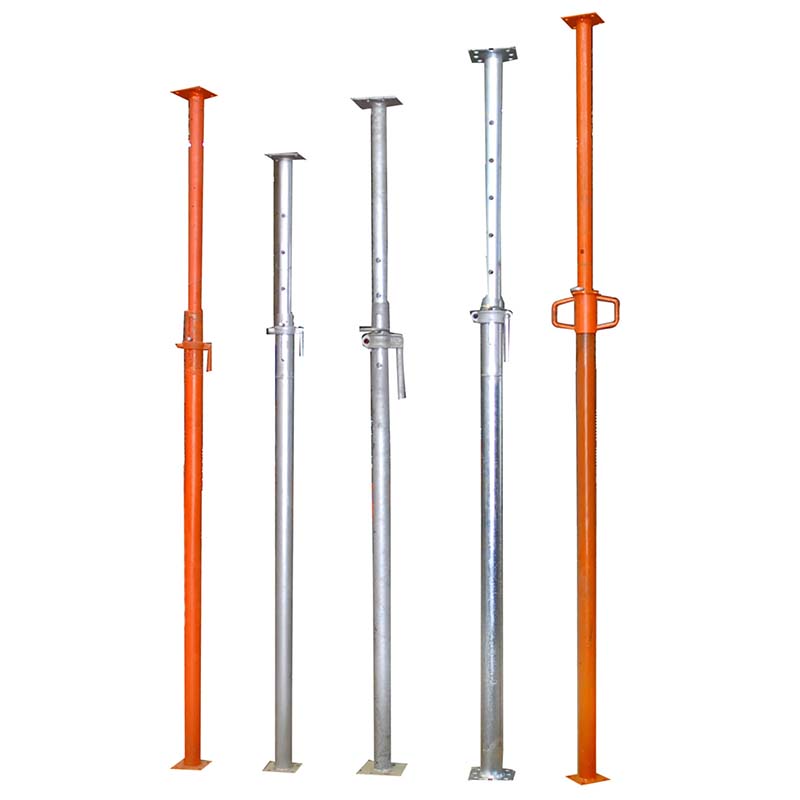Sep . 16, 2024 02:58 Back to list
wooden formwork
The Benefits and Applications of Wooden Formwork in Construction
Wooden formwork has been a staple in the construction industry for decades, serving as a temporary structure designed to hold concrete in place until it sets and gains sufficient strength. While modern alternatives like steel and plastic formwork have emerged, wooden formwork continues to maintain its relevance due to several advantages it offers.
One of the primary benefits of wooden formwork is its cost-effectiveness. Wood is generally less expensive than metal, making it an attractive option for many construction projects, especially for smaller builders or those working on tight budgets. Furthermore, wooden formwork can be sourced locally, which not only reduces costs associated with transportation but also supports local economies.
Another advantage of using wooden formwork is its versatility. Wood can be easily cut and shaped to create custom forms that fit the specific requirements of a project. This adaptability is particularly beneficial in architectural designs that require unique shapes and dimensions. Unlike rigid materials such as steel, wooden formwork can accommodate complex geometries, allowing architects and engineers greater flexibility in their designs.
wooden formwork

Moreover, wooden formwork is lightweight compared to its metal counterparts, making it easier to handle and install. This characteristic can significantly reduce labor costs and speed up the construction process. Workers can maneuver wooden panels without the need for heavy lifting equipment, enabling quicker setups and breakdowns. Additionally, the ease of assembly and disassembly of wooden formwork can lead to increased efficiency on construction sites.
In terms of sustainability, using wooden formwork aligns with environmentally friendly practices. Wood is a renewable resource, and when sourced from sustainably managed forests, it can be considered a green building material. Many construction companies are increasingly aware of their environmental impact and are opting for sustainable practices, making wooden formwork an attractive option.
Another noteworthy aspect of wooden formwork is its insulating properties. Wood naturally provides insulative benefits, helping to maintain the temperature of the concrete during the curing process. This can be particularly important in regions with extreme temperatures, where temperature control is crucial for the structural integrity of the concrete.
In conclusion, while modern materials are essential to the evolution of construction techniques, wooden formwork remains a valuable tool in the industry. Its cost-effectiveness, versatility, lightweight nature, sustainability, and insulative properties make it an excellent choice for various construction applications. As the industry continues to innovate, the age-old technique of wooden formwork endures, proving that sometimes traditional methods can stand the test of time.
-
Formwork Spring Clamp Factories: Quality & Bulk Supply
NewsAug.21,2025
-
Premium Ringlock Scaffolding | China Manufacturer & Supplier
NewsAug.19,2025
-
Efficient Table Formwork for Fast Slab Construction & Reusability
NewsAug.18,2025
-
Timber Beam H20 Formwork & Shuttering - Durable & Reliable
NewsAug.17,2025
-
Timber Beam H20: Premium Formwork & Shuttering Solutions
NewsAug.16,2025
-
Premium H20 Timber Beam for Formwork & Slab Shuttering
NewsAug.15,2025